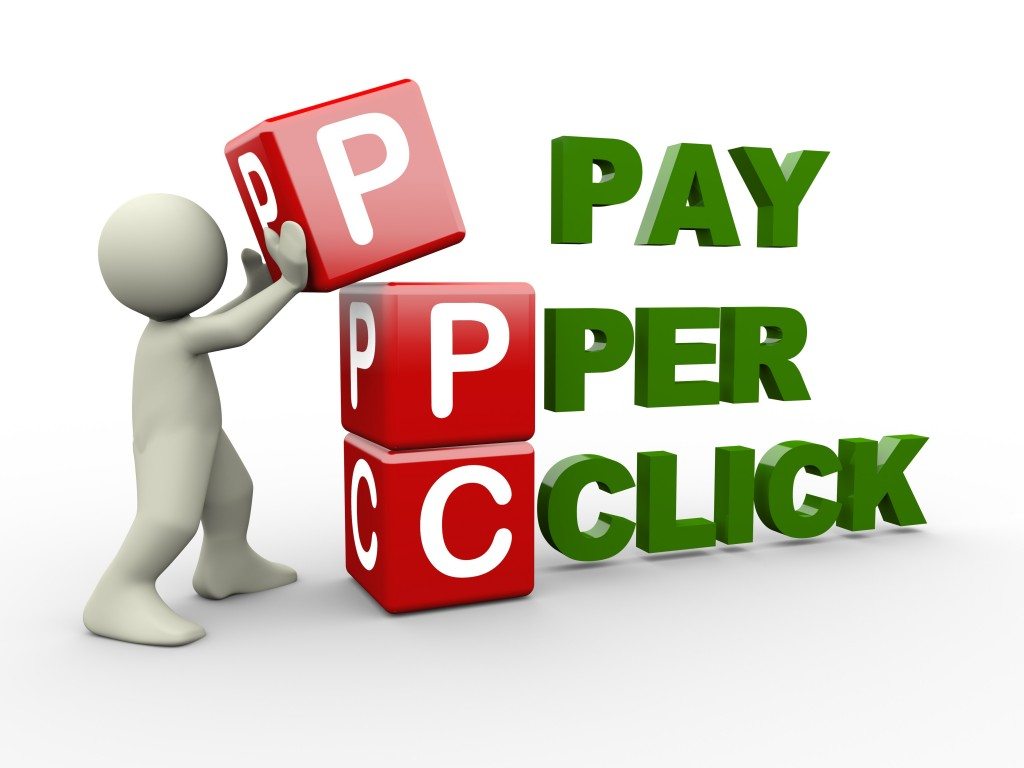All you need to know about Pay Per Click Advertising

Also called ‘cost per click’, this is an internet advertising model designed in order to direct traffic to websites, advertisers will pay a publisher every time a link is clicked. With search engines, advertisers use keyword phrases in order to attract their target market. Banner ads, also known as PPC are typically not paid every time a visitor clicks a link. Website’s can also offer PPC adverts, this is when a PPC displays an advert when a keyword matches an advertisers keyword list. These are called sponsored links or sponsored ads which appear beneath or adjacent to a search engine result. Click fraud is when adverts are posted without permission or confirmation, Google try and prevent this through automated systems.
Pay per click’s purpose is to assess the cost effectiveness and profitability of internet marketing. The amount of clicks are a method to asses attention and interest of the advert/product. If the main objective is to generate a click, then the preferred metric is pay per click.
Pay per click (£) = Advertising Cost (£) ÷ Ads clicked (#)
Flat Rate PPC– The advertiser and publisher agree on a fixed amount that will be paid for each click. The flat rate is common to comparison shopping engine’s i.e compare the market who typically publish rate cards.
Bid Based PPC– The advertiser signs a contract that allows them to compete against other advertisers in a private auction hosted by the publisher (Advertising network). The advertiser states how much he or she is willing to pay for a given spot. A bid and quality advertisers an ad rank, the ad with the highest rank shows up first. Automated bid management systems are often used to identify which ads are more effective than others, judged on the profit, traffic and clicks it has gained. Low traffic ads can lead to a shortage of data and may be deemed useless at worst.
In 1996, the first known and documented version of a PPC was included on a web directory called ‘Planet Oasis’. By the end of 1997, over 400 major brands were paying between 0.005-0.25 $ per click plus a payment fee. Google started search engine advertising in 1999. In 2000 Google Adwords was created, allowing advertisers to create text ads for placement on the Google engine. Google Adwords, Yahoo search marketing and Microsoft ad centre are the 3 largest network operators. Yahoo and Microsoft combined to create Bing in 2010 in an attempt to compete with Google Adwords.









You’ve got the basics explained very nicely but it would help if you could also talk about negative keywords that are to be avoided when it comes to PPC Advertising.
Nevertheless, a nice article altogether!
Thanks Erno, I’ve seen your article on negative keywords, that’s given me a great idea for another article! All the best, Jamie.